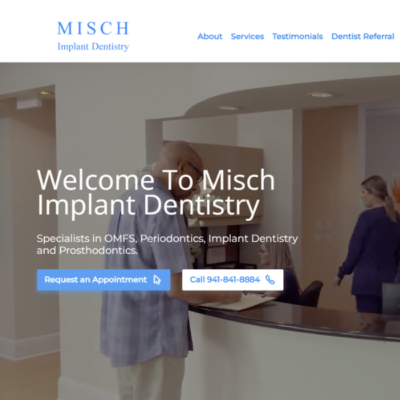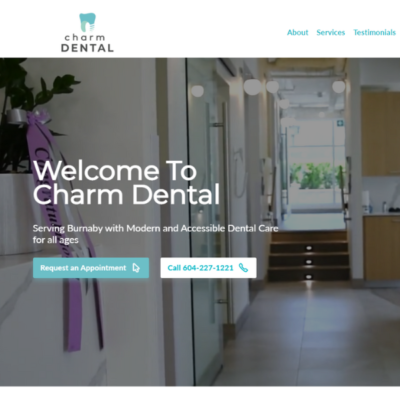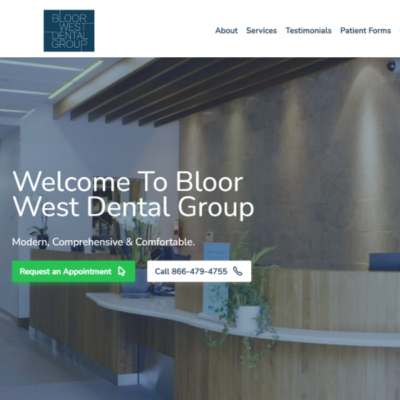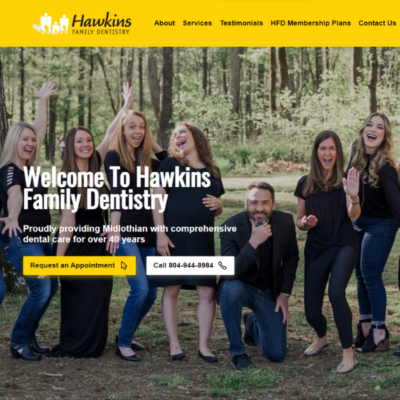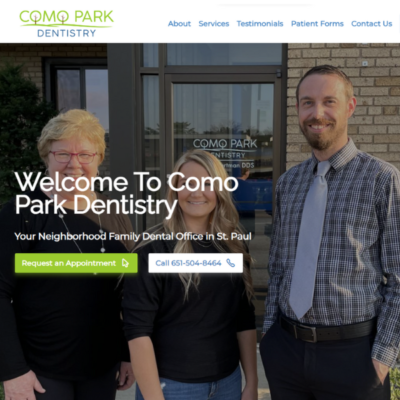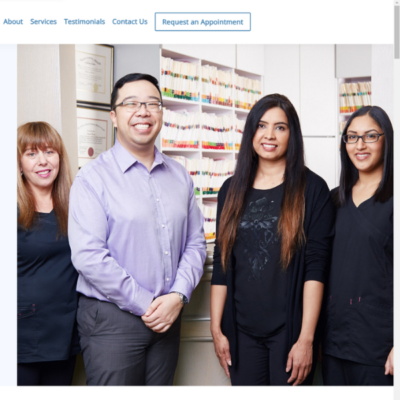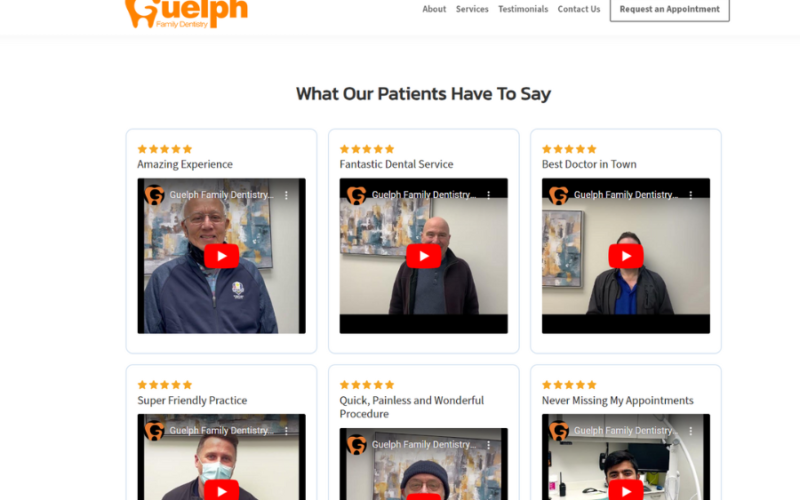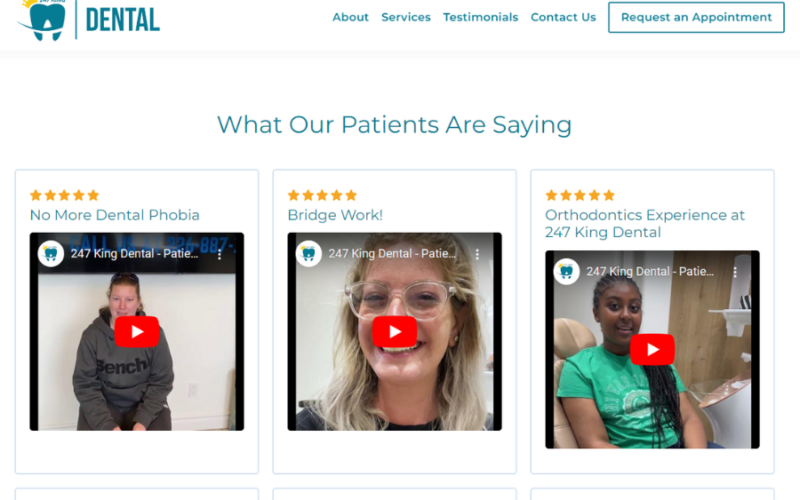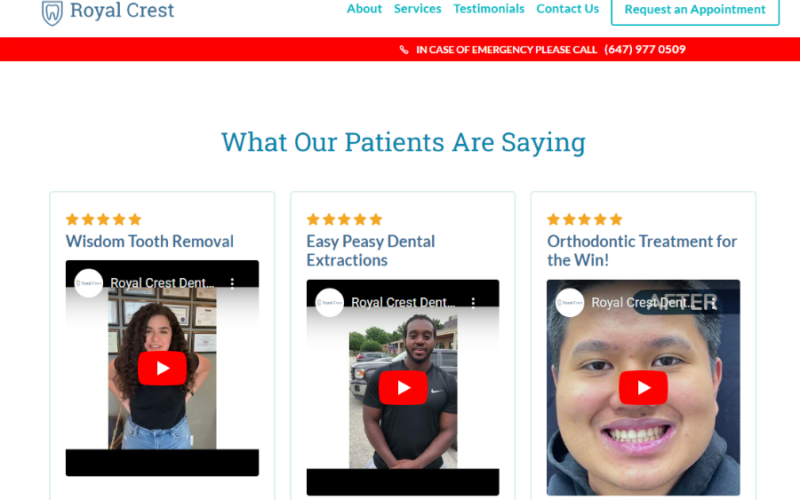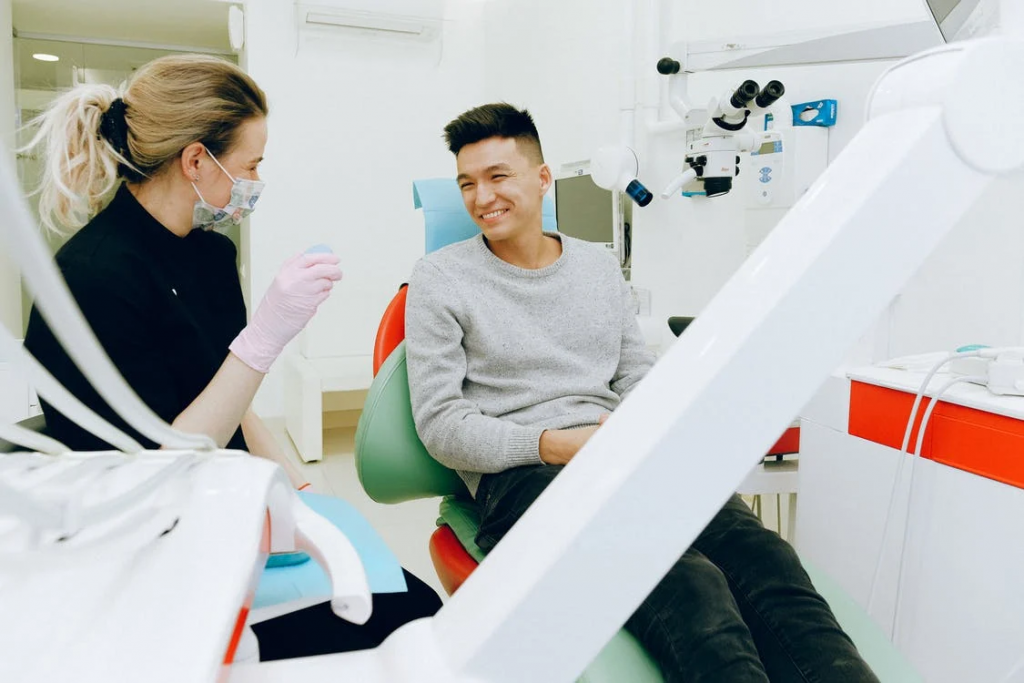How to Boost Cosmetic Cases with Dental FAQ Videos
Many dentists wonder how to attract high-quality patients and boost cosmetic cases. There’s no quick-fix marketing solution, but we believe in laying the groundwork before investing heavily in marketing. Attracting new patients for cosmetic dentistry can be more challenging than filling emergency slots or scheduling routine check-ups. Cosmetic dentistry patients do their homework, compare practices, and ultimately choose the one they like and trust the most.
So, how can you build the trust needed on your website to prompt a potential patient to pick up the phone and call your practice? One effective method is to answer their questions on camera!
What is an FAQ video?
An FAQ video is a short and informative video lasting anywhere from 2 to 5 minutes. In these videos, dentists take the opportunity to explain particular dental procedures or tackle frequently asked questions that are commonly searched for on platforms like Google.
Step 1: Choose the Right Topic
Begin by selecting a topic relevant to your services or practice. Consider common patient queries, such as:
- Invisalign vs. Braces
- Dental Implants vs. Dentures
- Kid-Friendly Dentistry
- Wisdom Teeth
- Dental Veneers
- Teeth Whitening
If you’re unsure about what topics to cover, you can utilize the valuable resource of AnswerThePublic.com. It’s a straightforward process—just enter the name of the service you’re interested in, such as “Invisalign” or “Dental Implants,” and specify your preferred country and language.
After hitting the search button, you’ll be presented with a comprehensive list of the most frequently asked questions related to these services, making it a breeze to pinpoint relevant topics for your FAQ videos.
Step 2: Prepare for Video Shooting
-
Ensure your phone’s video settings are optimized for high-quality recording.
-
Use your phone in landscape mode (horizontal) rather than portrait (vertical).
-
Choose a quiet, well-lit room with natural light.
-
Ensure your face is well-illuminated and avoid harsh backlighting.
-
Have a staff member film you or place the phone on a stable surface, ideally at eye level. If a staff member is recording, they should minimize unnecessary movement during filming.
Step 3: Keep it Natural
To create a successful FAQ video, focus on being natural and engaging:
- Remember to smile; it helps you connect with viewers.
- If you’re feeling nervous, have your team pose questions to you before recording; practice makes perfect.
- Rest assured that any awkward moments, lengthy pauses, or mistakes can be edited out.
Step 4: Sending FAQ Videos
To ensure your video maintains its quality during sharing, avoid emailing or using messaging apps that may reduce video quality. Instead, use platforms like Google Drive, Dropbox, or WeTransfer to guarantee that your video looks its best when shared.
Examples from our clients
Here are a few videos made by our clients. Take a moment to watch them and observe how they’ve seamlessly put the above steps into practice. These videos serve as practical examples of how to create engaging FAQ content for your patients.
Conclusion
Incorporating FAQ videos into your online presence can make a significant difference in connecting with your audience. If you have any questions or require assistance, please don’t hesitate to reach out to our team.

